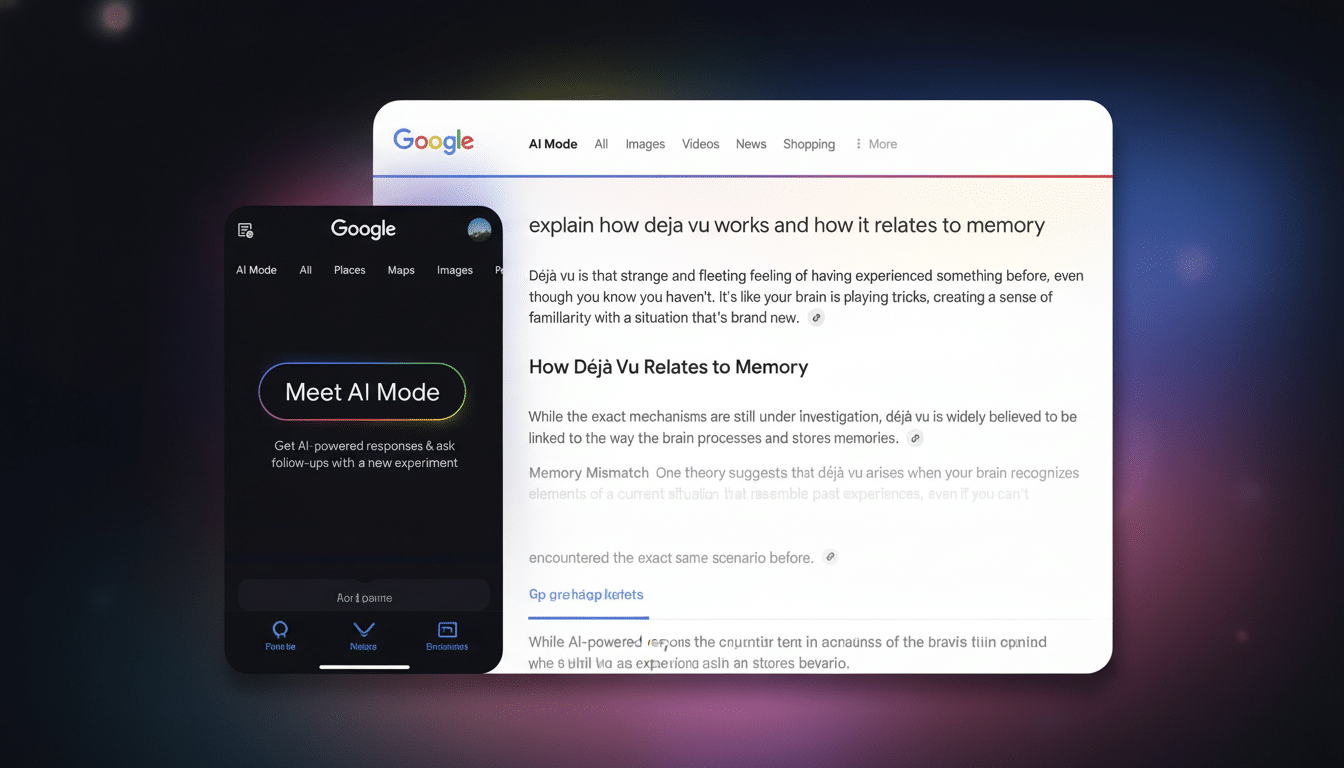AI Mode, an AI-powered search experience, will soon be available in five more languages: Hindi, Indonesian, Japanese, Korean and Brazilian Portuguese. It means that after months of only having access to English, millions of users who search and analyze content in their native language will now be able to do so, and it marks the next leg of Google’s mission to extend AI-powered search not just across more languages, but in more languages.
Why these languages matter
These five languages already correspond to some of the world’s biggest and fastest growing internet populations. Based on a report from industry bodies and national statistics offices, more than 700 million of those users are in India (IAMAI–Kantar), while Indonesia has more than 200 million (APJII) and Brazil over 160 million (CGI. br/NIC. br), and Japan and South Korea have some of the highest levels of broadband penetration worldwide (MIC Japan and KISA). All in all, this rollout nudges AI Mode closer to being able to help more than one billion human beings in their native or most comfortable language.

Language complexity is legitimately at play here. Japanese and Korean would need sophisticated tokenization and context handling (when no whitespace cues), while Hindi would need strong support for Devanagari rendering and code-mixed queries prevalent in India (like “train status Delhi se Jaipur” mixing Hindi and English). Brazilian Portuguese has its own set of words and idiomatic expressions not used in Europe. The correctness of such details is critical to high-quality retrieval and grounded answers.
How AI Mode in multilingual search works
AI Mode pairs Google’s index to a large multimodal model (referred to internally as a custom version of Gemini 2.5) to generate answers, cite sources and reason across documents. Read this if you want to know what happens: In fact, that means the system is reading a query, finding the relevant information, constructing a response that can handle further input without starting from scratch. Multilingual support adds complexity: reliable query understanding, cross-language retrieval when results in local language are scarce, and trustworthy answer generation in the user’s language of choice.
Imagine searchers asking on day one for the “best cheap 5G phones under $250” in Spanish, the “closest garden center,” “restaurants that are open right now” or “stores with hand sanitizer.” These are the sorts of deep, constraint-heavy searches that AI Mode sets out to alleviate by precomputing the synthesis and ranking heavy lifting.
What changes for users
AI Mode can be located by a tab in results or a button in the search bar. It also made English-speaking access available in more than 180 markets; now readers in the five new languages can access AI-led summaries and follow-up prompts as its English users. The aim, according to Google’s Search leadership, is to allow people to ask more complex, multi-part questions in their preferred language, and still find that open web.
Google has also tested “agentic” actions within AI Mode — hunting for restaurant reservations, and, eventually, booking local services or event tickets. And they’re available only as an experiment to U.S. Google subscribers on a top-end tier.These features are positioned by Google as an additional layer of search capabilities, moving from providing information to performing relevant tasks, with user consent and controls.

Competition and the traffic debate
Expansion comes as all the more competition heats up from AI-forward search offerings like Perplexity and from new search experiences integrated into general purpose chatbots. Industry observers have reportedly commented that Google is moving towards a direction where AI Mode adds up to becoming the default of an interface. A product lead at Google’s AI organization has hinted publicly at that ambition, providing a sense of the company’s agenda as it prepares for a more expansive change in how search results are displayed.
Major publishers and leaders in search engine optimization are watching. AI summaries could help eliminate the need to click, at least for straightforward queries. Google has argued that its AI capabilities are programmed to present a range of sources and send traffic to a variety of sites, including upstart publishers, emphasizing that the open web remains front and center. Independent measurement firms and news industry groups are still examining the impact by language and region, where behavior can vary widely.
Quality, safety and localization challenges
Adding more of these languages isn’t just a data/UI issue, it’s a safety/evaluation problem. The availability of clean training data, noisy fact-checking signals and guardrails against hallucinations can all vary by language. Groups like the Partnership on AI and academic groups working on multilingual benchmarks have stressed that model performance can drift when it is not in English; continued fine-tuning and region-specific deployments would be critical.
Localization also touches ranked sources. And in markets with strong local publishers—and with regulatory regimes that focus on platform responsibility—Google has to show that AI Mode is reflecting local authority, legal context and cultural nuance. That’s particularly important in regions like Brazil and South Korea where digital policy and platform accountability frameworks are moving fast.
What to watch next
With five highly impactful languages now implemented, the next focus areas are crystal clear: achieving performance parity with English, a broader rollout of agentic actions, and better guidance for publishers around attribution and traffic. Should Google ramp up AI Mode to a default setting, the proving ground for whether AI-led search can expand globally, without losing discovery and trust, will be in India, Indonesia, Japan, Korea and Brazil.

